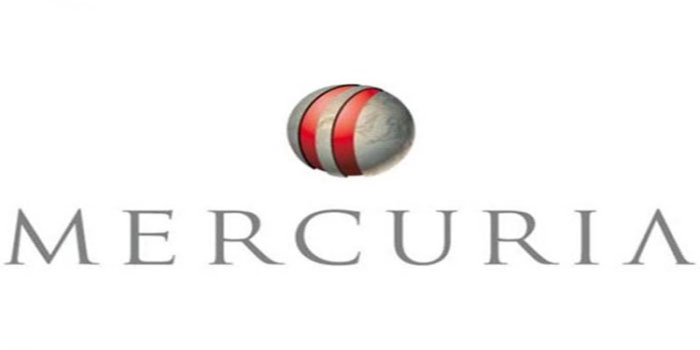LONDON – Global oil markets are showing early signs of rebalancing after production cuts by OPEC and the United States, with the market’s pricing structure indicating that storing oil on idle tankers may soon no longer be profitable, Mercuria Energy Group said.

Oil futures are cheaper for nearby delivery than for a few months ahead, a pricing structure known as contango, which is usually a sign of oversupply. Traders use this structure to store oil to sell it later at a profit.
The contango for Brent oil futures has shrunk from more than $3 a barrel during most of April to around $1.50 a barrel on Friday. Dated Brent is the physical price benchmark for most of the world’s crude oil deals.
“We may see some kind of reverse in the next two or three months and the big contango on Dated Brent will probably disappear,” Marco Dunand, CEO of the Geneva-based firm, told Reuters. Mercuria is one of the world’s biggest oil traders.
“Fundamentals are shifting a little bit. We believe in the months of June, July and August … if OPEC respects its agreement with non-OPEC, people with the most expensive contango will have to start selling.”
Output cuts by the Organisation of Petroleum Exporting Countries (OPEC) and its allies are meant take effect this month. Whether producers reach their full targets is another question but the impact is being felt.
There are also signs that lockdowns may be starting to ease in some U.S. states as well as southern Europe and Germany that will provide a boost to fuel demand.
U.S. MARKET
Dunand said the U.S. oil market was “reasonably well balanced” now and estimated that the country’s output will fall by another 1 million bpd in May, taking the total to 2 million bpd.
“U.S. declines are complicated. The visible cuts are 1 million bpd … During the month of May, we’re going to see a further 1 million bpd cut,” he said.
“We see backwardation on sour crude there, and a mild contango (referring to various grades) so that indicates there are production cuts. Midland is trading at a premium to WTI, which indicates that production is being cut.”
WTI Midland, a U.S. grade that is widely exported, has been trading at a premium to benchmark WTI futures since mid-April after just over a month in negative territory. Backwardation describes a pricing structure where nearby prices are higher than those further forward.
STORAGE PLAYS
Dunand said that global storage never became physically full even as global oil demand dropped by nearly a third last month. The major U.S. storage site at Cushing, Oklahoma was never filled up and Mercuria even struggled to find enough barrels to fill their own.
“There’s still plenty of space. We’ve been trying to buy oil for the last two months because we have storage. Though, it has proven more difficult,” he said.
“That is because the contango is so big on Dated (Brent) that people prefer to keep their ship on the water and pay demurrage,” Dunand said.
“It was $1.50 contango per week for a while on Dated. Some were better off loading oil and keeping it at anchor.”
The relative value of the physical benchmark Dated Brent is tracked on a weekly basis through Contract-For-Differences (CFDs), a derivative oil trade.
Dunand said the estimated use of land storage was “around 1 billion barrels above normal with 250 million barrels of oil on the water, between crude and products.”
(Graphic: Spread between CFDs – here)

